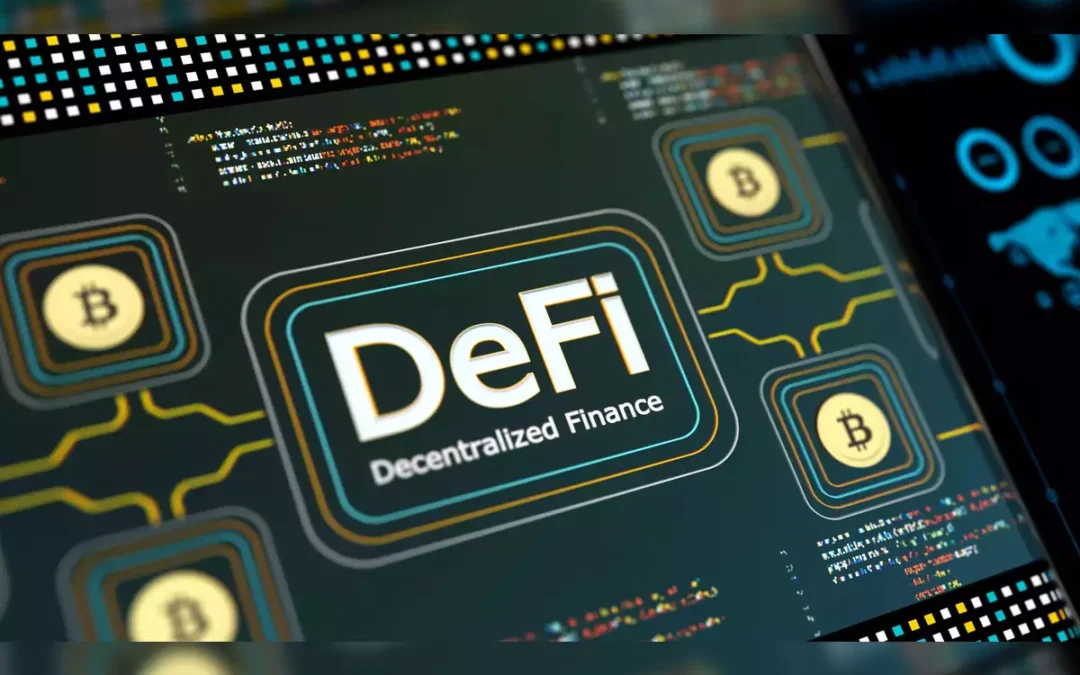Why Did DeFi Fail? An In-Depth Analysis
In recent years, Decentralized Finance (DeFi) emerged as a revolutionary concept in the financial world. Promising to democratize finance by eliminating intermediaries and providing open access to financial services, DeFi captured the imagination of technologists, investors, and enthusiasts alike. However, despite its initial hype and rapid growth, DeFi has faced significant challenges that have hindered its progress. In this blog post, we’ll explore the key reasons behind DeFi’s struggles and why it has not lived up to its lofty expectations.
Security Vulnerabilities
One of the most significant issues that plagued DeFi was security. Smart contracts, the backbone of DeFi protocols, were often found to be susceptible to bugs and exploits. High-profile hacks and breaches resulted in the loss of millions of dollars, shaking investor confidence. The complexity of coding smart contracts and the lack of rigorous security audits meant that even small errors could have catastrophic consequences. This consistent threat of hacks deterred many potential users from trusting DeFi platforms.
Regulatory Uncertainty
DeFi operates in a gray area when it comes to regulation. The decentralized nature of these platforms often put them at odds with traditional regulatory frameworks. Governments and regulatory bodies worldwide struggled to classify and control DeFi activities, leading to a climate of uncertainty. The lack of clear regulations made institutional investors wary of entering the space, limiting the influx of capital necessary for sustainable growth. Furthermore, as regulators began to crack down on various aspects of DeFi, it created an environment of fear and hesitation among developers and users.
User Experience and Accessibility
While DeFi aimed to democratize finance, the reality was that the platforms were often complex and not user-friendly. Navigating through decentralized exchanges, liquidity pools, and yield farming required a steep learning curve. The technical jargon and complicated processes alienated average users who found traditional financial services more straightforward and reliable. Additionally, the requirement for users to manage their private keys and wallets without adequate support led to numerous instances of lost funds, further tarnishing DeFi’s reputation.
Scalability Issues
Scalability remained a persistent problem for DeFi platforms. The Ethereum network, which hosted the majority of DeFi projects, struggled with congestion and high transaction fees, especially during peak periods. These issues not only slowed down transaction times but also made participation in DeFi expensive for average users. While Layer 2 solutions and alternative blockchains attempted to address these problems, they were often not adopted quickly enough to mitigate the impact on user experience.
Market Volatility
The volatile nature of cryptocurrency markets also contributed to DeFi’s struggles. Many DeFi projects relied on tokens whose values could fluctuate wildly in short periods. This volatility posed significant risks to users who might find their investments plummeting overnight. The lack of stable, reliable assets within the DeFi ecosystem made it difficult for users to engage in long-term financial planning, thus limiting the broader appeal of DeFi services.
Economic Incentive Misalignment
Many DeFi projects offered high returns to attract users, which led to a culture of speculation rather than genuine use of financial services. The focus on short-term gains often overshadowed the development of sustainable business models. When the incentives dried up, users quickly moved on to the next high-yield opportunity, leaving projects struggling to maintain liquidity and relevance.
Conclusion
While DeFi introduced innovative concepts and had the potential to revolutionize finance, it ultimately failed to deliver on its promises due to a combination of security vulnerabilities, regulatory uncertainty, poor user experience, scalability issues, market volatility, and misaligned economic incentives. However, the lessons learned from DeFi’s challenges are invaluable and can pave the way for future innovations in the fintech space. As the industry evolves, addressing these fundamental issues will be crucial in creating a more robust and reliable decentralized financial ecosystem.
What’s Next for DeFi?
Despite its setbacks, DeFi is not entirely doomed. The continuous evolution of blockchain technology, improvements in security protocols, and a more mature regulatory environment could reignite interest in DeFi. By learning from past mistakes and focusing on creating user-friendly, secure, and scalable solutions, the DeFi movement might still fulfill its original vision of democratizing finance.
Stay tuned to our blog for more updates on the latest trends and insights in the world of decentralized finance and blockchain technology. If you have any questions or thoughts, feel free to leave a comment below!

